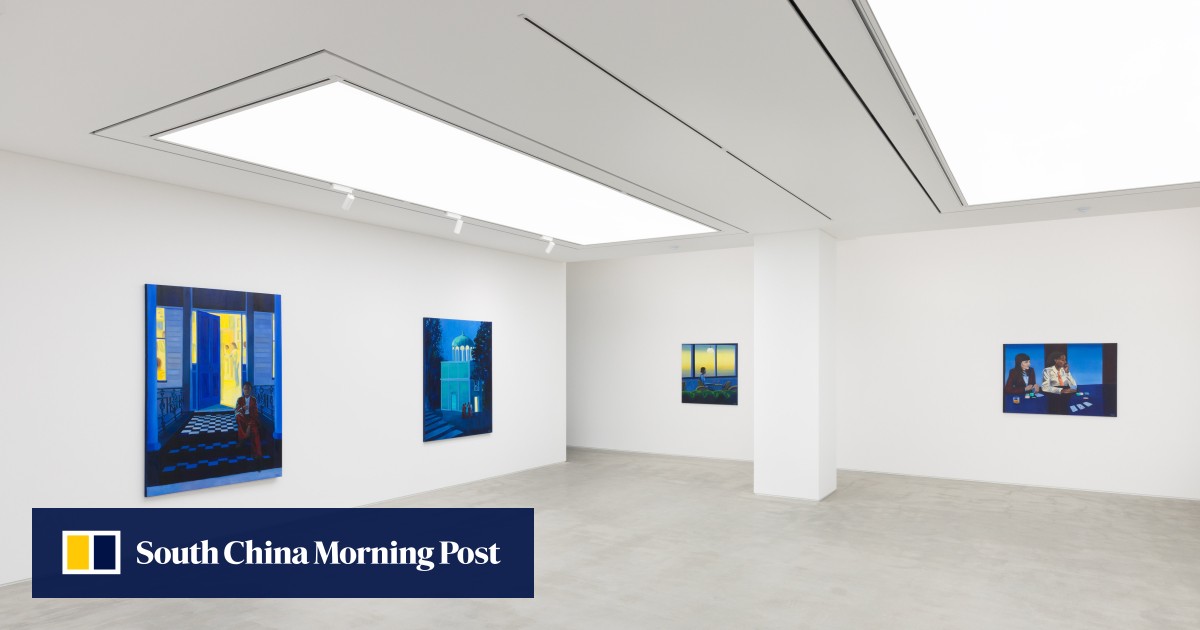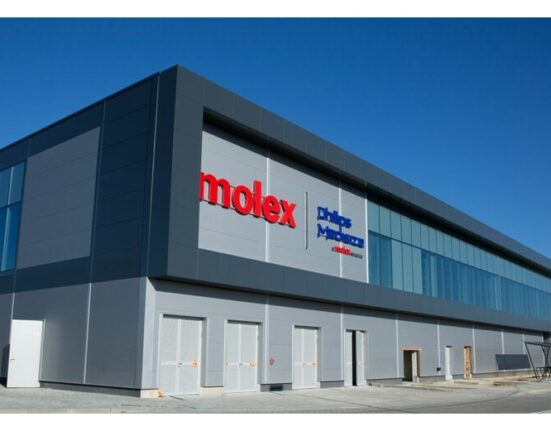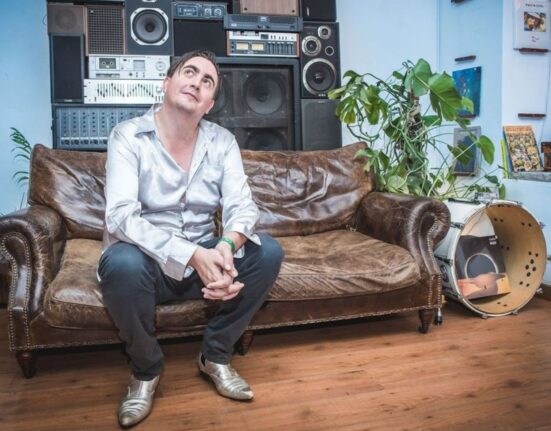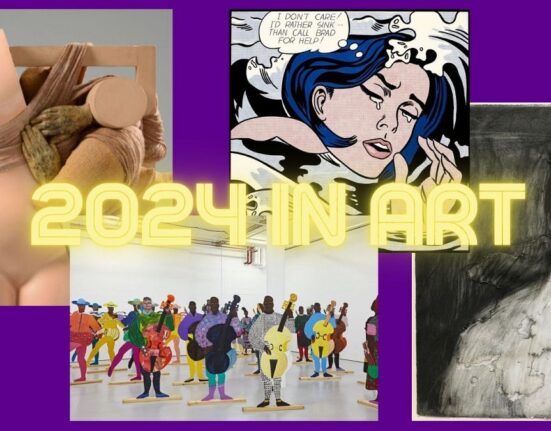
Peres Projects’ seven shows held at Hotel Shilla were a good experiment, says Javier Peres, who founded the gallery in 2002. Sales were strong.
One reason for moving is that Peres wanted space to present works by artists who are very ambitious, he says. “We work with a lot of artists who make very large-scale works,” he says.
As a young, foreign gallery it is a privilege to be in this space
As a new arrival, it’s location, location, location, he adds.
“Not only is [the new gallery] near the royal palace and other institutions, it is also near mega significant galleries in South Korea, such as PKM and Gallery Hyundai, which are points of reference in the Korean art world,” he says.
The new space is also within walking distance of the National Museum of Contemporary Art. “As a young, foreign gallery it is a privilege to be in this space,” Peres says.

Peres Projects was set up in San Francisco in 2002, but moved its main operation to Berlin with the opening of a gallery there in 2005. In 2022, to mark its 20th anniversary Peres opened two new galleries – the other was in Milan – to “spice things up”.
South Korea has long been one of Asia’s biggest contemporary art markets. Its giant chaebol – family-owned conglomerates such as Hyundai and Samsung – have long invested in art and opened their own museums.
The country’s technological savvy has also seen companies working closely with artists and global institutions to provide tools for making and showing digital art.

It has gained more prominence in the past few years as art dealers looked to diversify away from Hong Kong – the city that for years was seen as the best place for international galleries to establish an Asian presence, until political upheaval and harsh measures to control the coronavirus pandemic altered their thinking.
Peres says he did consider Hong Kong initially, but settled on Seoul during the pandemic when Hong Kong and mainland China were sealed off from the rest of the world for a much longer period than other places.
Compared to other markets, South Korean has a hospitable business environment and he has found Koreans to be “exceptionally open-minded”.
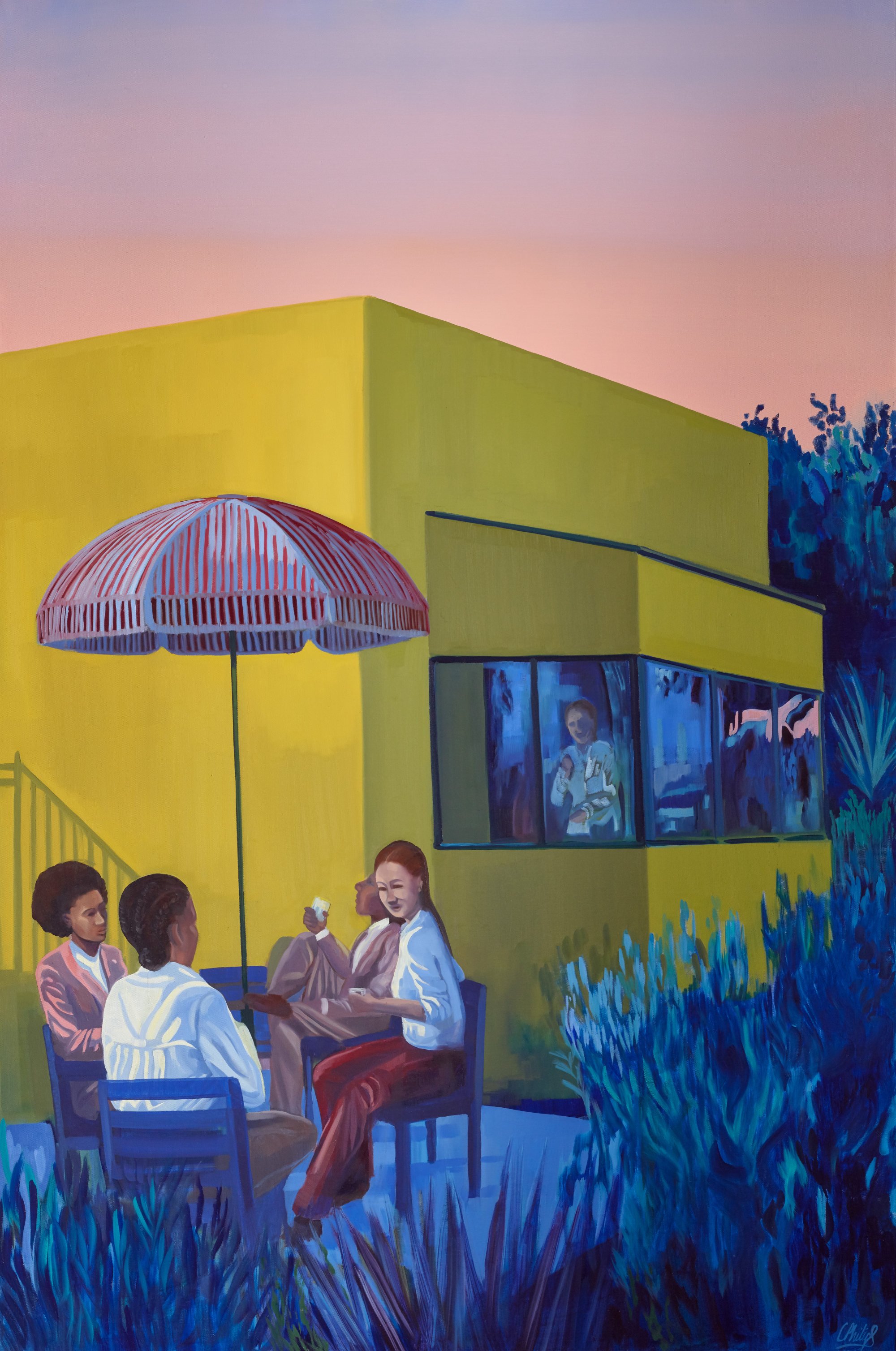
Such open-mindedness is critical to Peres Projects, he says, as the gallery tends to work with young artists in their twenties and thirties who are new to the art world.
A case in point is Cece Philips, a British figurative painter in her twenties who has been given a solo exhibition alongside a separate group show at Peres Projects’ new gallery space.
Philip’s “Walking the In-Between”, her second solo exhibition with Peres Projects, depicts an imagined city of women dressed in tailored suits. They are often in social situations – having brunch, chatting in a group, partying. Yet there is no real intimacy, and their sense of alienation and loneliness is accentuated by the formal postures and blue hue that dominate her paintings.

South Korean collectors have embraced the young artist, Peres says. All nine paintings by Philips, who is still pursuing her MA in painting at the Royal College of Art in London, were sold before the gallery officially opened on April 28.
Peres says the art market outside Seoul has also been growing steadily. For example, Art Busan, an annual art fair held in Busan, the country’s second biggest city, located on the south coast of South Korea, is a major event on collectors’ calendars.
In 2022, Art Busan – in which 133 galleries from 21 countries took part – more than doubled its previous year’s sales to a record 76 billion won (US$57 million).

Overall, more money was spent on art in South Korea in 2022 than ever before. According to the Korean Ministry of Culture, Sports and Tourism, 1.37 trillion won was exchanged in the domestic art market.
These figures tally with Peres’ observation that Koreans’ willingness to support new artistic ideas has continued to grow since 2019, which is when Peres Projects began participating in Art Busan and three years before its opening a space in Seoul.
“As long as the artworks that we bring in are great, people in Korea will show up – even if they are from artists that they may have never heard of before,” he says.

